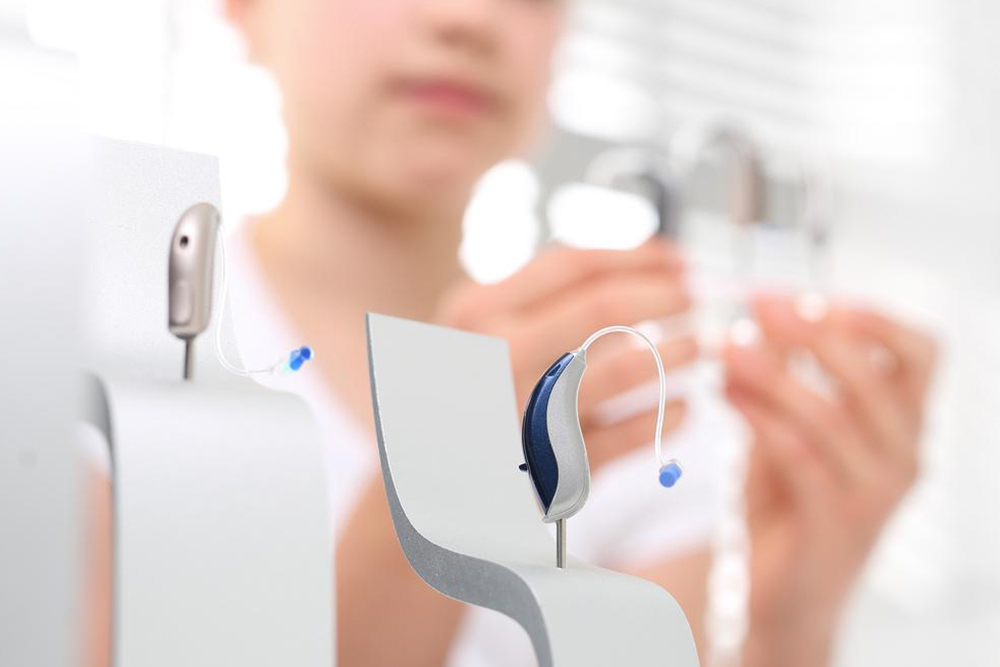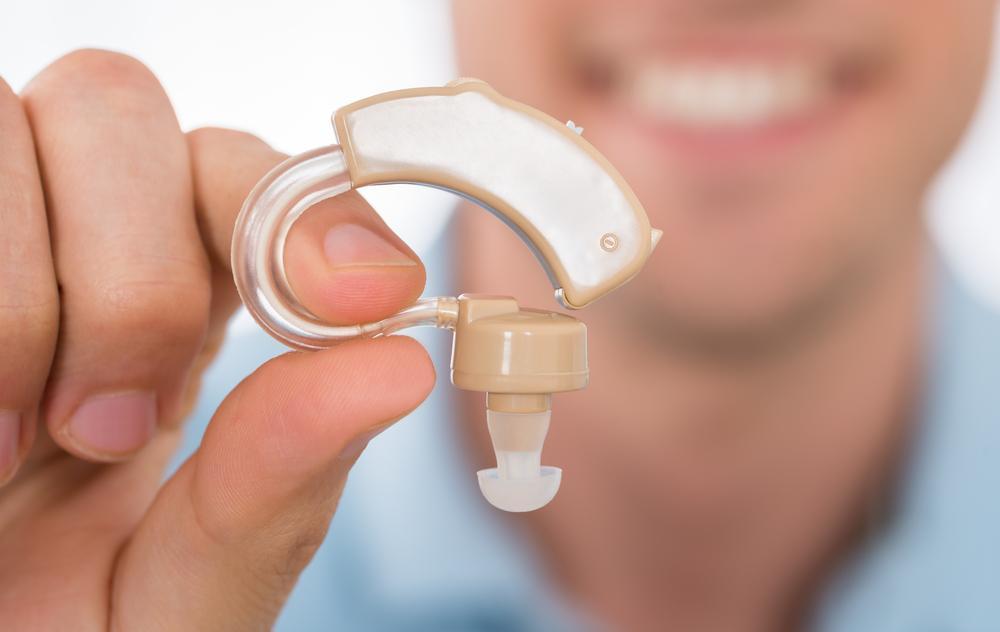Comprehensive Guide to the Reasons Behind the High Cost of Hearing Aids
Discover why hearing aids are priced the way they are. This comprehensive guide explains the factors driving high costs, including personalized fitting, advanced technology, and quality manufacturing. Learn how these devices significantly improve quality of life and what to consider when investing in hearing assistance devices. Stay informed with detailed insights into the industry and technological innovations shaping the future of hearing aids.

When considering the purchase of a hearing aid, many individuals are often concerned about the significant financial investment required. Although initially appearing expensive, the expense of a quality hearing aid is justified by the numerous benefits it provides, including significantly improved hearing ability, enhanced communication, and overall better quality of life. On average, a high-quality hearing device can cost approximately $1,000, sometimes even more depending on features and customization. Understanding what contributes to this cost can help consumers make informed decisions and appreciate the value behind these advanced devices.
One of the primary factors influencing the cost of hearing aids is the necessity for personalized fitting. The human ear is highly unique, with every individual’s ear canal differing in shape, size, and structure. These differences extend even to the same person’s ears, where asymmetry is common. As a result, hearing aids need to be carefully tailored to fit each user's ears precisely. Poorly fitted devices can result in discomfort, improper sound delivery, and increased noise intrusion, all of which compromise the effectiveness of the hearing aid. Professional fitting by audiologists ensures that the device aligns perfectly with the ear’s anatomy, providing both comfort and improved sound clarity.
Beyond custom fitting, the bulk of the cost stems from continuous research, development, and technological innovation in the hearing aid industry. Modern devices are marvels of engineering, incorporating multiple features that enhance auditory experience and user convenience. These features include multiple microphones, which help in directional hearing and focus on specific sound sources, complex noise reduction algorithms to minimize background noise, and wireless connectivity enabling seamless integration with smartphones and other electronic devices. Additionally, many hearing aids now come with rechargeable batteries, eliminating the ongoing expense of replaceable batteries while supporting eco-friendly usage.
The advanced functionalities of current-generation hearing aids also require sophisticated software and hardware integration, which further drive up costs. Customizable settings allow users to tailor their hearing experience according to different environments—whether in a quiet room or a noisy public space. Synchronization capabilities enable the pairing of multiple hearing aids or connecting to external devices, enhancing user convenience. The combination of these technological features ensures users receive optimal hearing clarity and comfort across diverse listening situations, but naturally increases the retail price.
In addition to these technological factors, the manufacturing standards and quality control processes involved in producing reliable and durable hearing aids contribute to their overall cost. Manufacturers often source high-quality components and employ rigorous testing protocols to maintain high standards. This commitment to quality is crucial because hearing aids are essential medical devices that require utmost reliability and safety. The investment in quality control not only ensures functionality but also extends the lifespan of the device, making the initial expense a worthwhile investment over time.
Insurance coverage and financial assistance programs can alleviate some of the financial burdens associated with purchasing hearing aids. Many health plans or government programs offer partial reimbursement, making these devices more accessible to individuals in need. However, understanding the total cost—including fitting, follow-up adjustments, repairs, and potential upgrades—is essential. Regular maintenance and adjustments are often necessary to keep the device functioning optimally, further contributing to the overall cost of ownership.
In summary, although the initial expense of purchasing a hearing aid can seem high, the investment is justified by the quality, advanced features, personalized fitting, and ongoing support that these devices provide. Modern hearing aids are complex technological marvels designed to improve everyday life by restoring hearing capabilities effectively. Awareness of the factors influencing their cost helps consumers appreciate the value and make informed choices aligned with their needs and budgets. As technology continues to evolve, future hearing aids are expected to become even more sophisticated, potentially offering more affordable options alongside enhanced functionalities.





